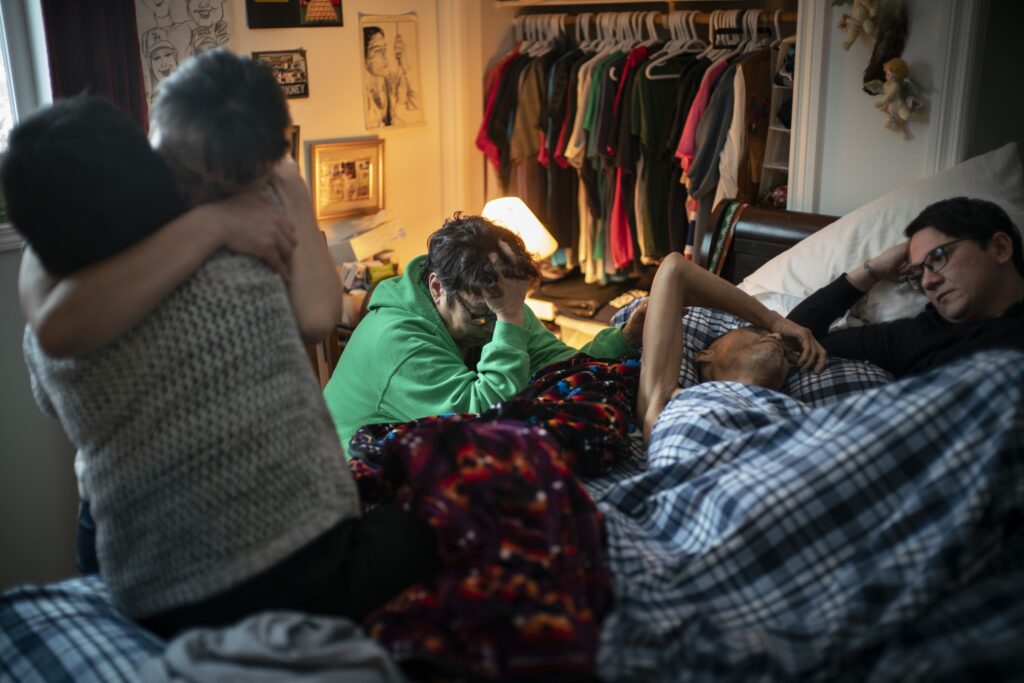This week on Pull Quotes, we’re discussing photojournalism and how it contributes to the public record of the impact of extractive economic industries on human life.
In written stories about rising sea levels or melting glaciers, the serious implications of environmental degradation are too often obscured by numbers and jargon. Some photographers are trying to cut through that noise by using pictures to illustrate the ecological and human toll of ill-advised, or short sighted environmental policies.
In 2010 Ian Willms, a documentary photographer, took a trip to a small, predominantly Indigenous community in northern Alberta called Fort Chipewyan. The town sits on the edge of the Athabasca river delta, downstream from the oil sands. For years, its residents and doctors had been crying foul over higher than normal rates of cancer, birth defects and other maladies. The trip was just the beginning of a ten year period during which Ian returned several times to Fort Chipewyan, and another downstream Indigenous community called Fort Mckay, to document the effects of industrial pollution on the land and its inhabitants.
He called the project, As Long as the Sun Shines.
Pull Quotes asked Ian to select one photo out of his expansive portfolio that he found particularly poignant or powerful. He chose a picture from his oil sands project that showed Warren Simpson, a resident of Fort Chipewyan, lying in bed surrounded by relatives mere hours before his death. Warren had suffered for years with a rare form of bile duct cancer called cholangiocarcinoma that occurs at an abnormally high rate in the community.

Ian spoke to us about what it was like to photograph the final moments of a human life, and told the story of how he ended up in a position to document a family in the depths of grief.
After speaking to Ian, we realized that the content of our conversation was eerily reminiscent of a Pull Quotes segment from a previous episode. Back in 2017, former Review journalist, Emily Pardo, sat down with photojournalist Ed Ou to talk about a series of photographs he’d taken in Kazakhstan. Ou was visiting a region of the country known as “The Polygon”: an expanse of barren steppe that for forty years served as a nuclear test site for the Soviet Union. For three generations, inhabitants of adjacent towns and villages have suffered from health issues like abnormally high rates of cancer, birth defects and premature aging, among others.
We felt there was obvious value in revisiting the conversation with Ed, who provided incredible insight into his process for gaining the trust of his subjects before he photographs them. He also discussed grappling with the inherent ethical implications of photographing human misery.
Credits:
Joe Fish, Podcast Producer & this week’s host
Emma Jones, Podcast Editor
Saniya Rashid, Chief of Research
Alex Ramsay, Fact Checker
Tyler Griffin, Copy Chief
Madigan Cotterill, Review Journalist
Sonya Fatah, Executive Producer
Lindsay Hanna, Digital Content & Web Design Specialist






![Pull Quotes The [ ] review of journalism](https://s38447.pcdn.co/wp-content/uploads/2021/02/16x9-logo-scaled-1-150x150.jpg)
